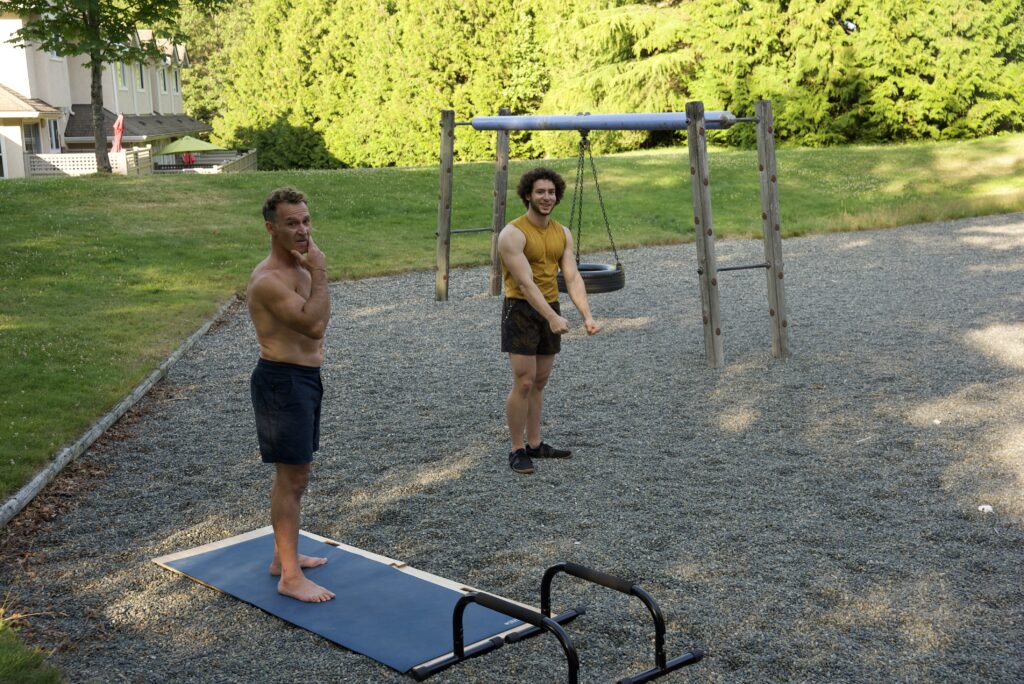I don’t know about you, but this is my kind of accessible learning environment:

Universal Design for Learning (UDL)
UDL is an educational framework for making learning accessible to all students. This is based on the idea that there is no one-size-fits-all approach to learning; otherwise, what would be the point of learning about teaching methods? If we had a golden formula for teaching, I wouldn’t have to take this course. 😉

UDL creates a more inclusive learning environment through diversifying how students engage with learning, how information is represented, and how students demonstrate what they have learned.
When I was in grade 5, we were reading Oliver Twist for my English class, a book that I’m sure a lot of you also had to read as kids. While I don’t remember anything about the book, I remember my English teacher having us reenact this famous scene from it:
I played Oliver Twist, and to this day I still remember how the scene plays out. I remember the costume my friends wore, and my feeling of excitement performing in front of my classmates and my family. This is why diverse learning is so important; it is great for making information stick in your head. This was one of my favorite memories from school.
Ensuring Accessibility in Online Settings
For online learning to be effective, it needs to be accessible to everyone, including those with disabilities. Having accessible content, a user-friendly design, accommodations as needed, and ensuring accessibility are all ways to do that.
One specific tool that I have always appreciated is having subtitles on videos. Even as someone who isn’t hard of hearing, having subtitles helps me use more of my senses to absorb information. Watch this video by Vox that explains why subtitles are such a key component for most people when watching media:
Ethical Challenges of EdTech
Educational technology is great, but it has some ethical challenges. Here are some of them:
- Many educational tools collect personal data from students that have the potential to be misused.
- Some tech tools track how students learn for good reasons like personalized learning, but it can also invade privacy and be used unfairly if not handled correctly.
- Not every student has access to the same technology at home, which can create learning gaps where some students fall behind because they don’t have the tools they need.
- Some companies focus more on money than helping students.
This is why educators need to balance the benefits of technology with these concerns. Some ways they can do that are through using licensed software verified by third parties that follow established regulations. For equity, educators have to ensure that students who lack the technology are able to be supported through other ways, like being able to lend the technology for the period of the class.
Ethical Considerations in Digital Interactions
As a participant in online communities, you have some responsiblities. Being behind a screen can make you forget that you are dealing with other real people much like youself. This is why trolls arise on the internet. If you somehow don’t know what a troll is, first off I envy you. Joking aside, I love this video from ASAPScience that explains the science of trolls and why they do what they do:
That video highlights that while trolls are most likely unpleasant in real life as well, being behind a screen exacerbates these traits and makes them more potent.
If you want to be your best self online, you have to be respectful and kind. Think carefully about what personal information you share online, as it could come back to bite you later on. Be mindful of your digital footprint. The saying “what goes on the internet, stays on the internet” has some merit. Academic integrity is important since it upholds your own honesty as a value.
Applying UDL and Accessiblity Principles
I lead the Victoria Calisthenics community, and doing so means I deal with people of differing learning backgrounds, abilities, and ways of learning. I try to make the sessions accessible to everyone by giving a brief introduction to the sessions, what you will get out of them, and then opening the floor to questions. I show people the movements, then have them practice for a given time. If someone can’t do a movement, I give them an easier variation that they can handle.
I have had people who have been athletes for years, and others who have never really worked out before. I make sure that everyone can do something, so they benefit. One area I could improve in is engaging people together, maybe by partnering them up. Doing so would maybe add another dimension to their learning. I may have to try that next time around.

References
(1) https://dealsformomsblog.com/2021/05/16/ninja-warrior-basement/